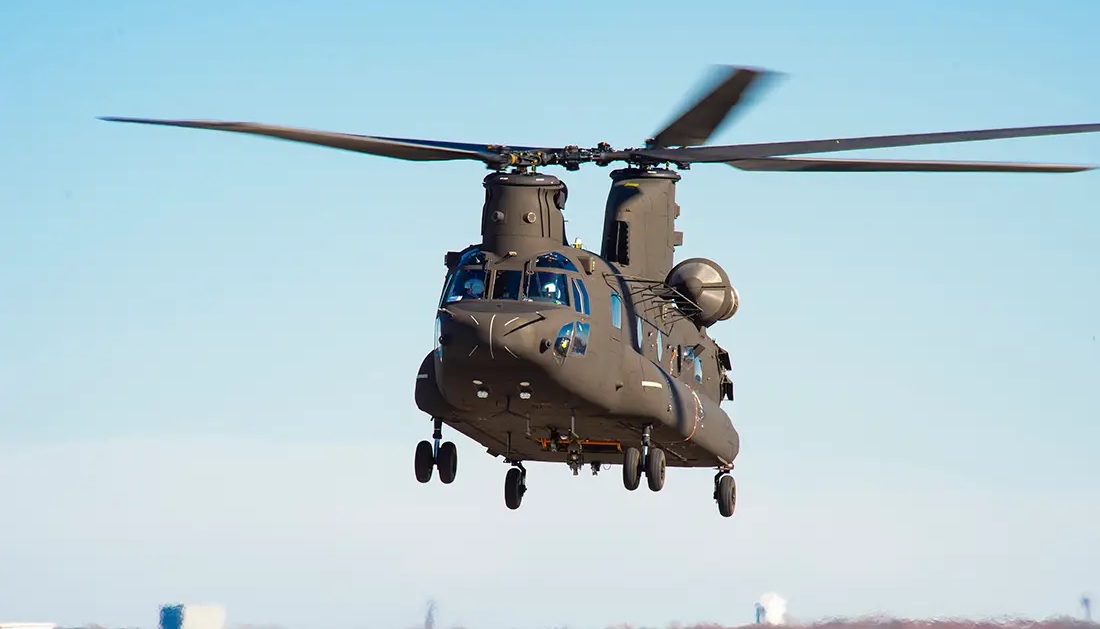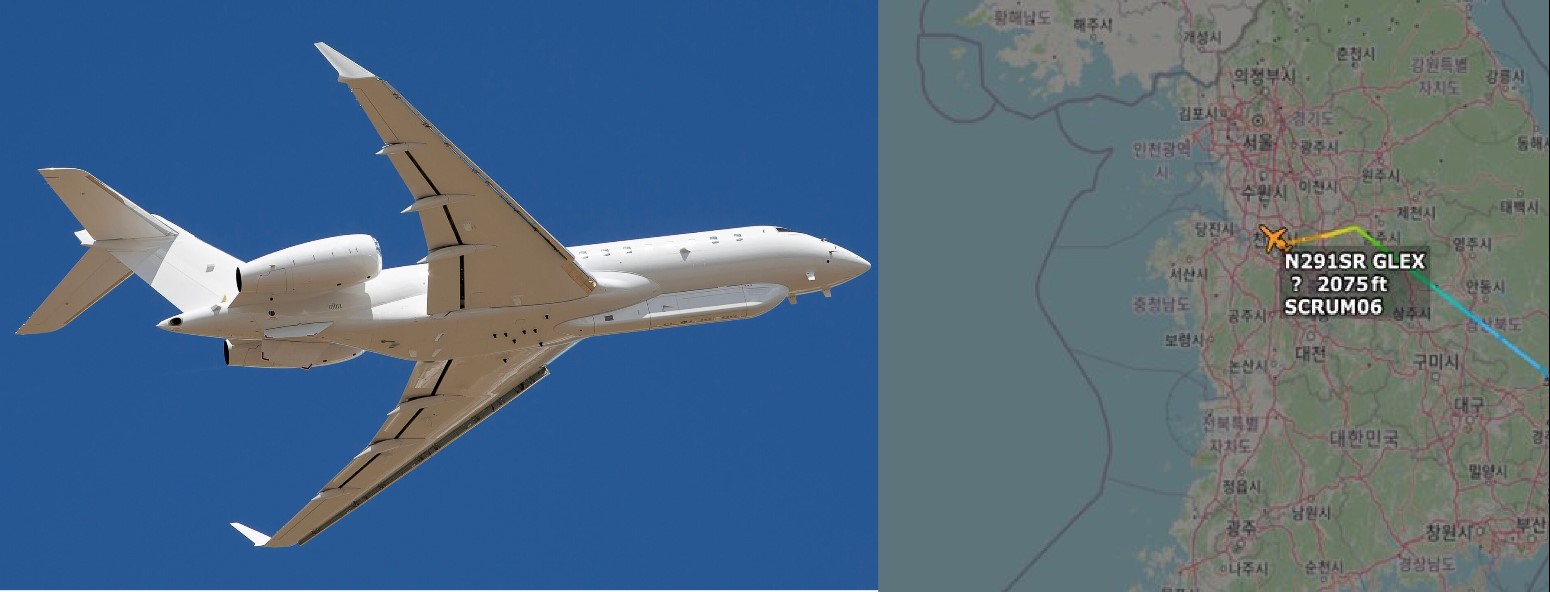Japan's $1.45 Billion Deal with Kawasaki for 17 Advanced CH-47 Chinook Helicopters

Japan has taken a significant step in modernizing its military capabilities by awarding Kawasaki Heavy Industries a $1.45 billion contract to produce 17 CH-47 Chinook helicopters. This contract includes the production of five CH-47J and 12 CH-47JA extended-range variants, specifically tailored to meet the operational demands of Japan's Self-Defense Forces.
Enhanced Capabilities with Chinook Block II
Under the agreement, the new helicopters will be built locally by Kawasaki Heavy Industries and configured with the advanced Chinook Block II specifications. This updated design introduces several improvements, including a reinforced airframe, an upgraded fuel system, and an enhanced drivetrain. These modifications enable the Chinook to handle increased payloads, making it an even more effective heavy-lift platform.
The Chinook Block II design has already been embraced internationally, with Japan becoming the fourth global customer for this advanced variant. Boeing, the original developer of the Chinook, confirmed this latest contract and highlighted the helicopter’s growing appeal. The United States began deploying its Block II Chinooks in 2024, solidifying the design’s operational maturity.
Specifications of the CH-47 Chinook
The CH-47 Chinook, one of the most recognizable heavy-lift helicopters, is a true workhorse with impressive technical capabilities:
- Dimensions: The aircraft has a length of 98 feet (30 meters) and a wingspan of 60 feet (18 meters).
- Payload: It can lift up to 27,000 pounds (12,247 kilograms), enabling it to transport troops, vehicles, and heavy equipment with ease.
- Armament: The Chinook can be equipped with mounted machine guns, miniguns, and missile systems, making it versatile for both transport and combat operations.
- Engines: The platform is powered by two Honeywell T55 engines, each producing 4,777 horsepower.
- Performance: The helicopter boasts a top speed of 170 knots (302 kilometers/188 miles per hour), a service ceiling of 20,000 feet (6,096 meters), and a range of 165 nautical miles (190 miles/306 kilometers).
Custom Variants for Japan
Japan’s acquisition includes two custom variants:
- CH-47J: This standard variant is optimized for heavy-lift missions and troop transport within Japan’s operational zones.
- CH-47JA: An extended-range model designed to enhance Japan's ability to conduct long-range operations, including missions in remote or disaster-stricken areas.
Strategic Implications
This investment highlights Japan’s commitment to strengthening its military infrastructure in response to growing regional security challenges. The locally produced fleet will not only support Japan’s defense capabilities but also reinforce its domestic aerospace industry by leveraging Kawasaki Heavy Industries’ expertise.
With its robust lift capacity, advanced avionics, and versatility, the CH-47 Chinook will continue to play a vital role in Japan’s defense strategy. The adoption of the Block II configuration ensures that the country remains at the forefront of military technology, capable of responding to modern operational demands efficiently.



